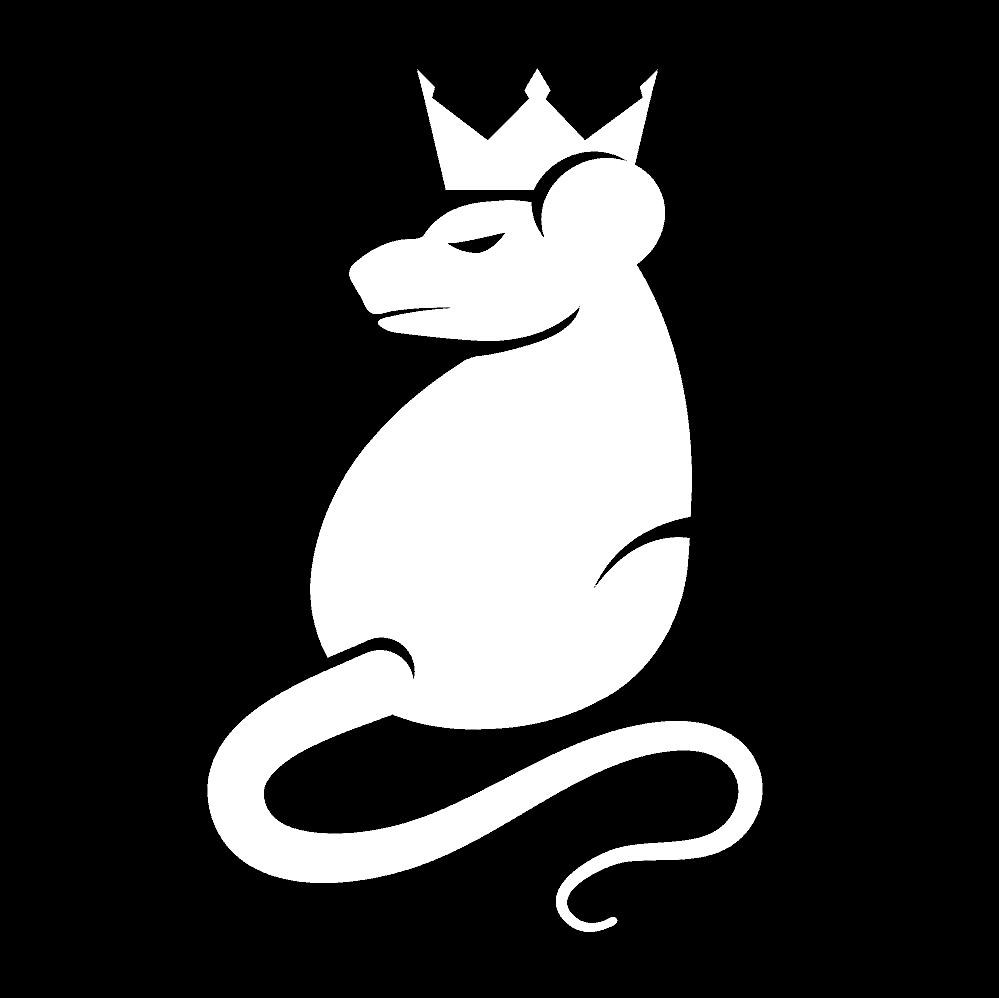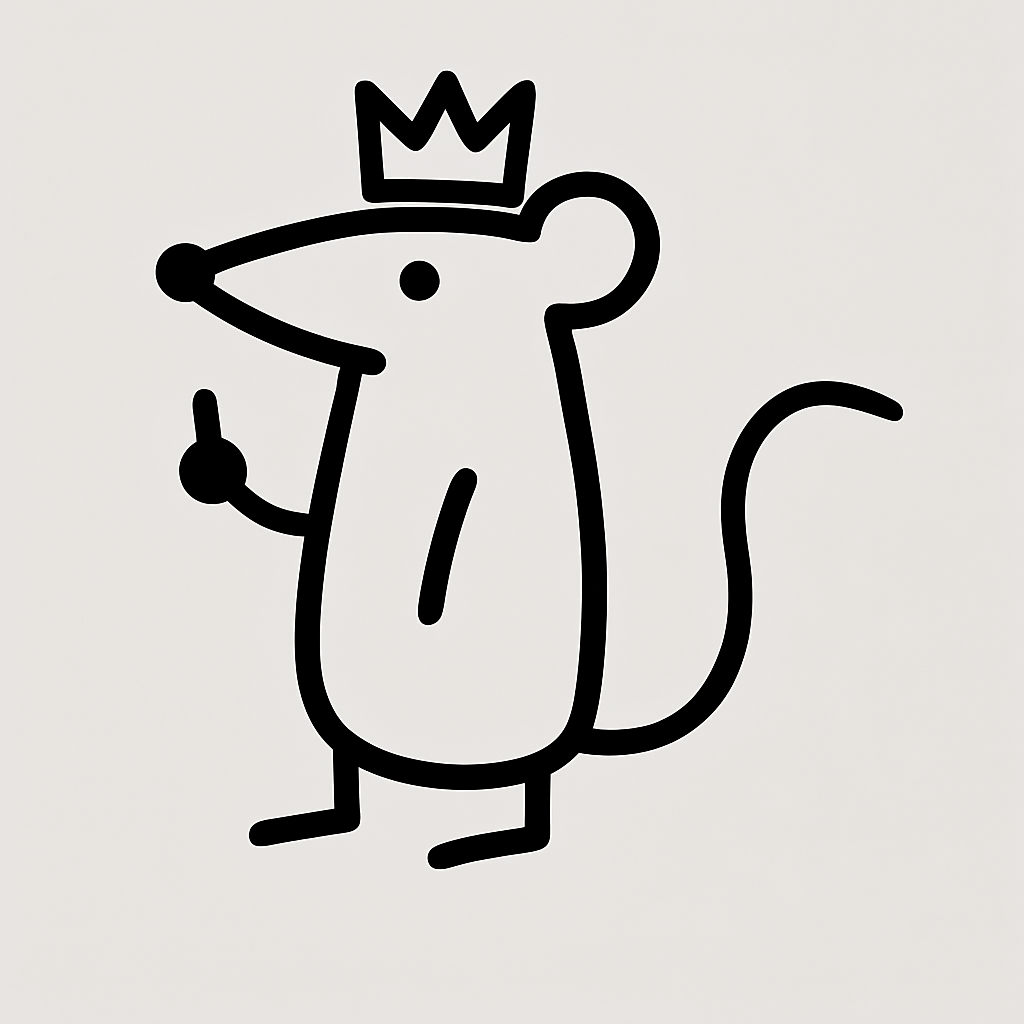Somehow, We Ended Up at ESA
Against all odds, and possibly because someone at ESA clicked the wrong PDF, our paper “Proposal for a Far-Side Lunar Observatory at Daedalus Crater” got accepted for presentation at the ESA ESTEC workshop in the Netherlands.
We didn’t attend in person, but our work did. Our concept, slides, and slightly unhinged ideas about a far-side lunar observatory all made their way into the official sessions at Europe’s home of space research. Shobolinsky officially had a seat at the table where Europe plans how to go to the Moon.
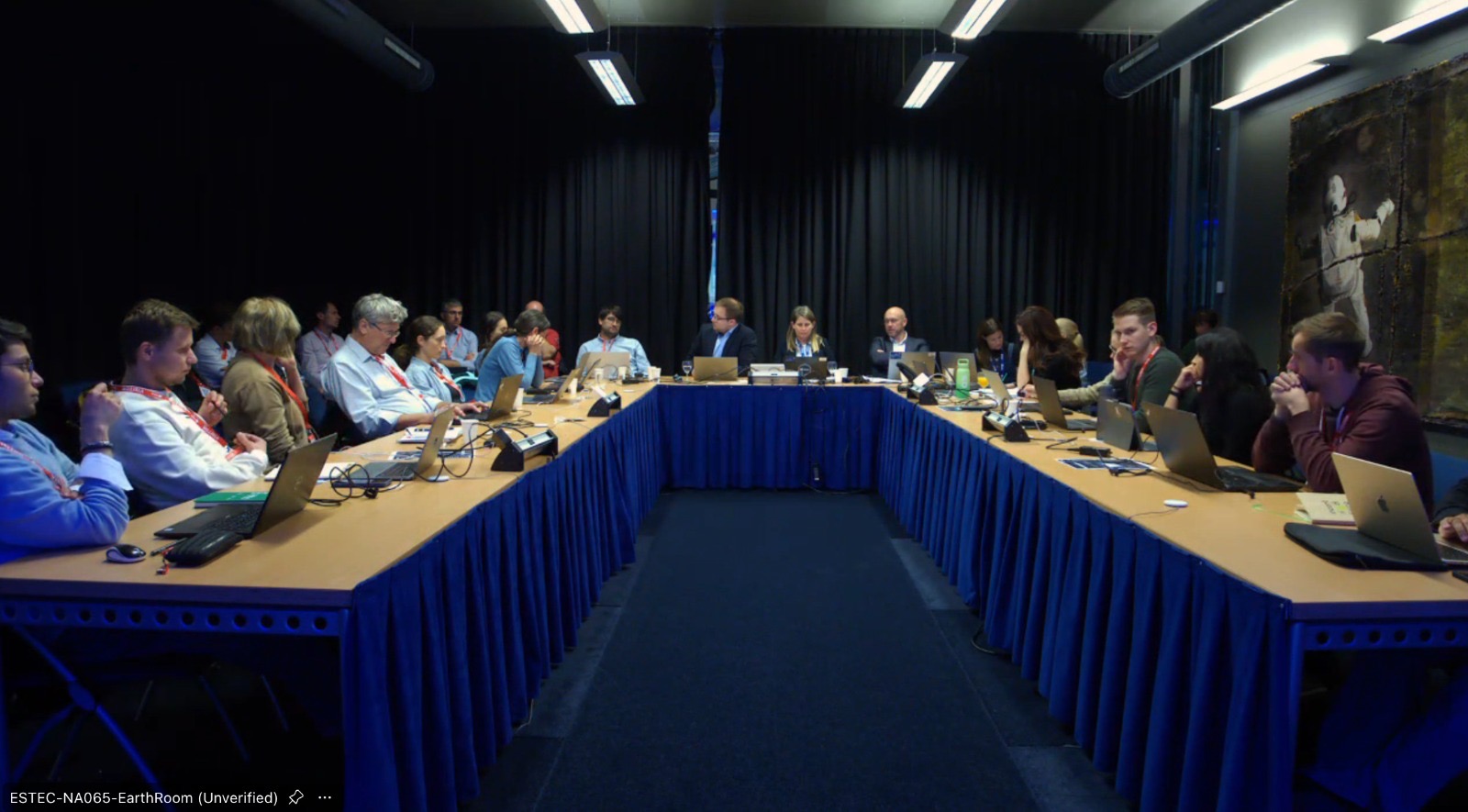
The Workshop
The event, titled “Finding Regions of Scientific and Operational Interest for a European Lunar Exploration Infrastructure”, brought together scientists, engineers, and mission designers to discuss long-term strategies for Europe’s presence on the Moon.
Our contribution was part of the Farside Locations session, proposing Daedalus Crater as an ideal site for a radio astronomy observatory. The far side offers perfect radio silence, shielded from Earth’s interference — a natural lab for cosmic listening and autonomous science.
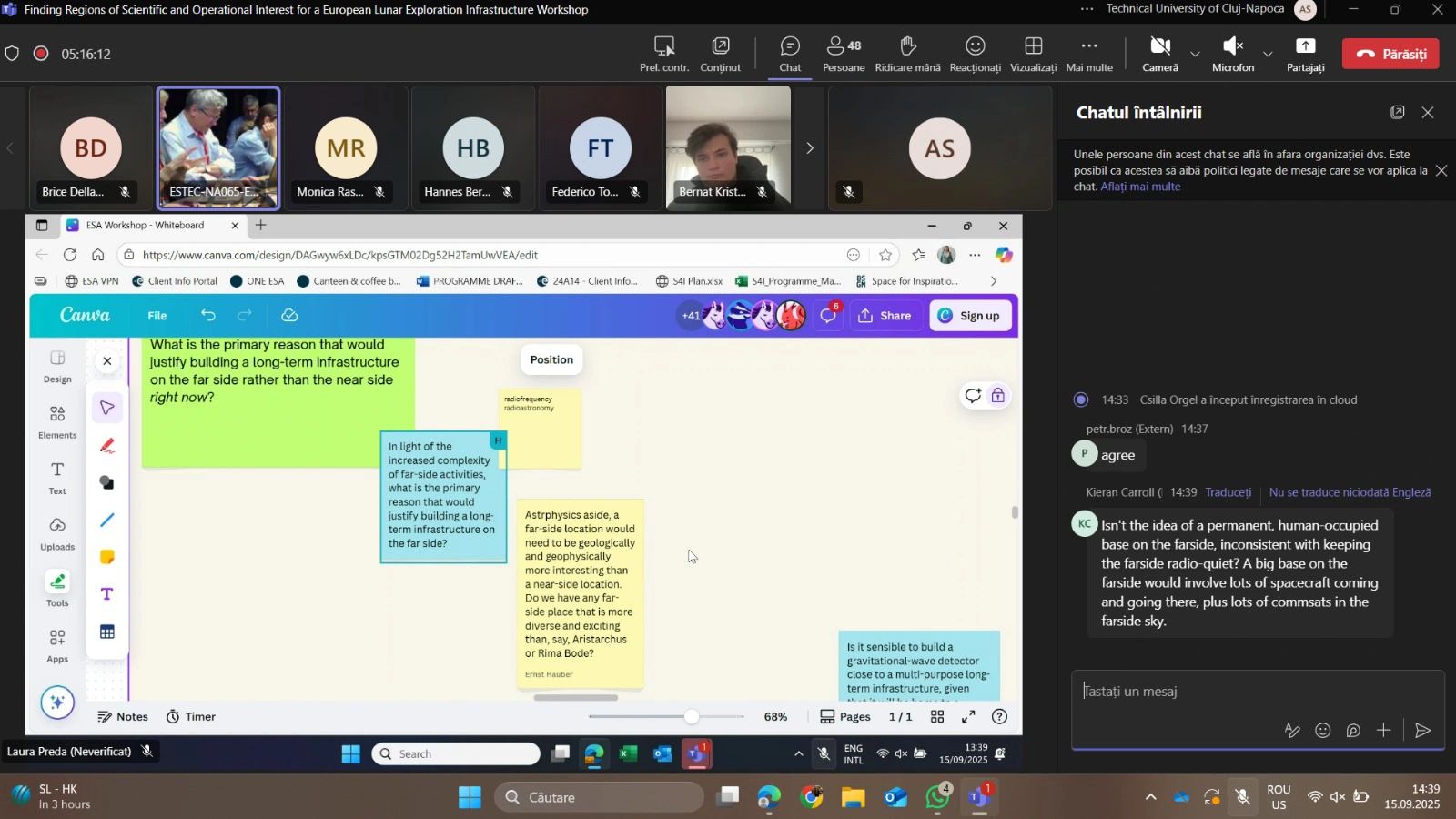
The Daedalus Concept
The concept is simple enough to sound absurd: build a distributed observatory that thinks for itself. A cluster of modular robotic nodes would deploy across Daedalus Crater, using onboard AI to process data locally, identify anomalies, and communicate only what matters. No constant downlinks. No delays. Just real-time science happening in the quietest place in the solar system.
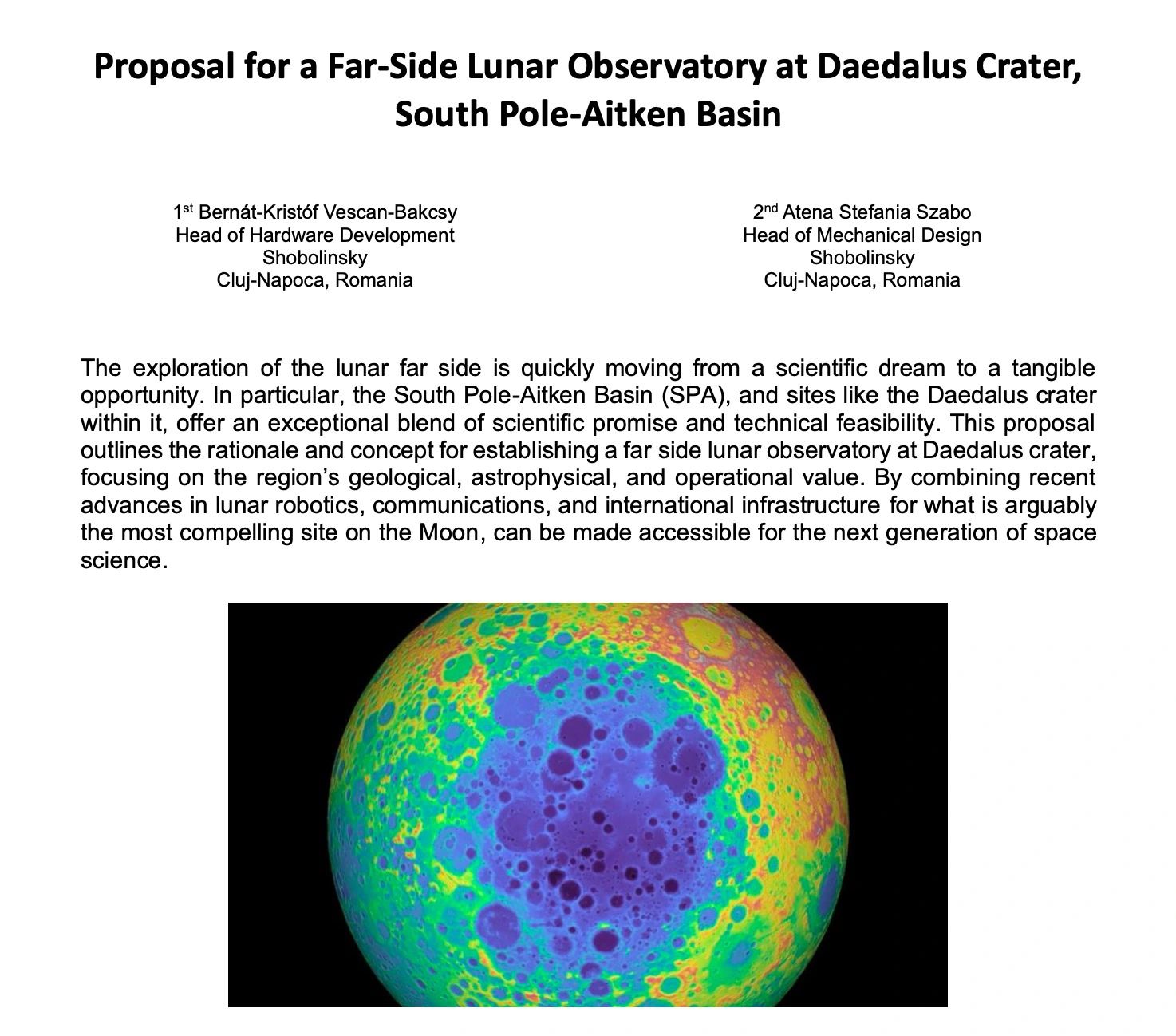
It’s a strange mix of logic and lunacy, but that’s what we do best — small ideas built big, tested under chaos, and somehow still functional by the end.
Inside the ESA Discussions
The workshop explored how future missions can share infrastructure, power, and data. Teams debated landing zones, networked science nodes, and sustainable lunar logistics. Somewhere among them, our slides joined the rotation — filled with weird sketches, overbuilt power budgets, and a lot of heart.
We weren’t in the room, but the project’s spirit was. It’s one thing to build in your lab at 2 a.m. It’s another to see your work officially discussed by ESA researchers.
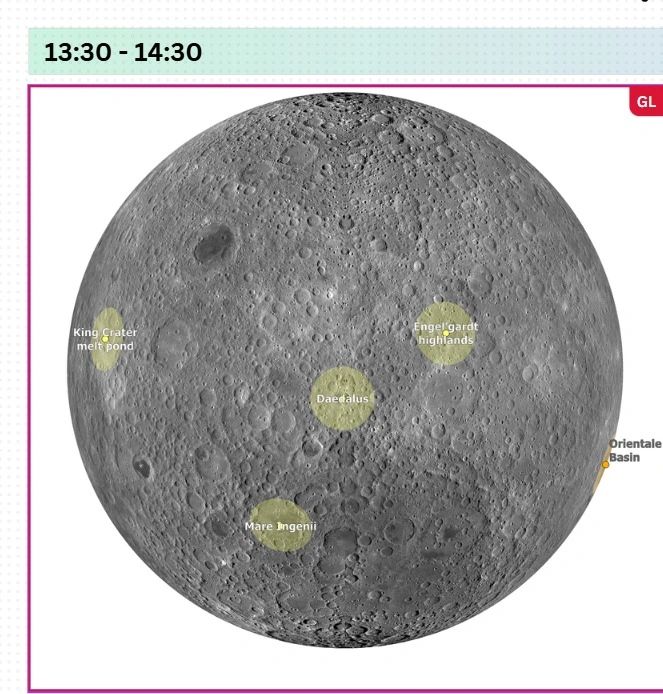
Notes from the Edge
Between the technical sessions and coffee breaks, ideas collided. The discussions spun into everything from radio shielding to robotic deployment patterns. We weren’t there to scribble notes ourselves, but our concepts inspired debate, feedback, and new questions.
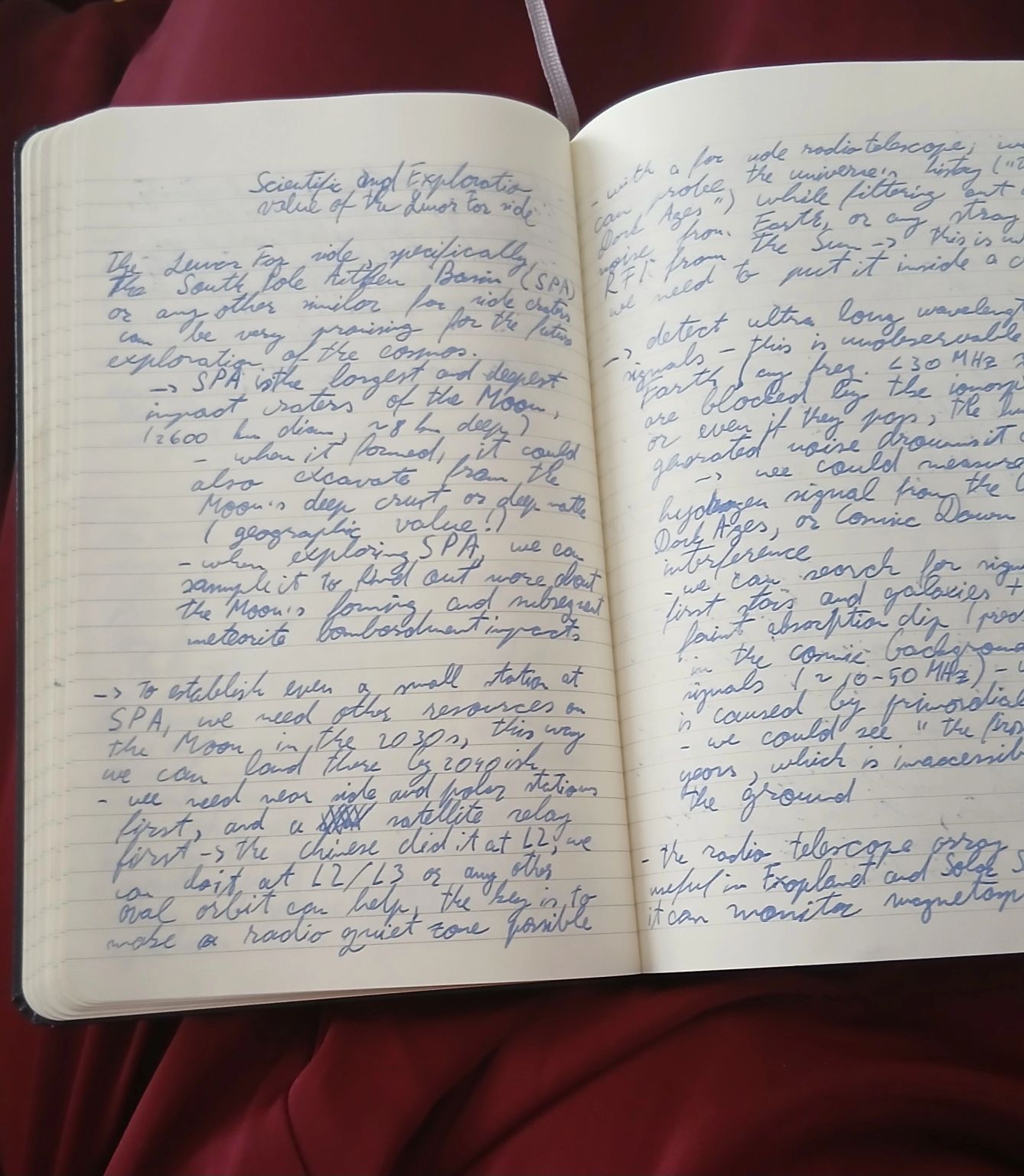
One participant even described the Daedalus concept as “weirdly practical,” which might be the nicest thing anyone has said about our work.
Chaos Box
Every project starts with a brainstorm box, a place where ideas go to fight, mutate, and occasionally make sense. The Daedalus concept was born there too. On scraps of paper, napkin math, and more caffeine than medically advisable.
That box eventually turned into a paper that found its way to ESA’s servers. Not through luck, but because the chaos worked.
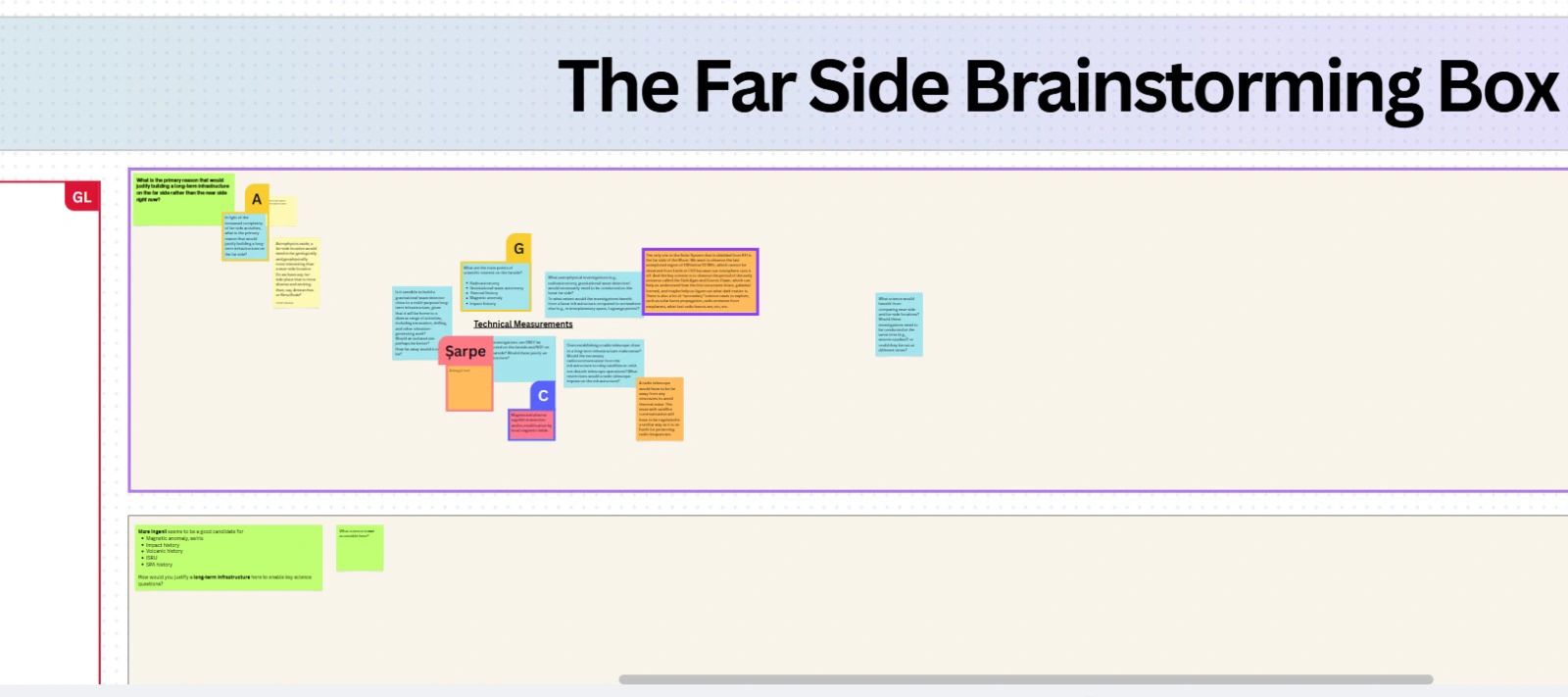
Looking Ahead
The Daedalus Crater proposal is now part of ESA’s lunar workshop archive, alongside studies that will shape future missions. We’re continuing to refine the concept, exploring how our edge AI work and rover autonomy systems can one day make it real.
The Moon is still far away, but a little closer than before.
